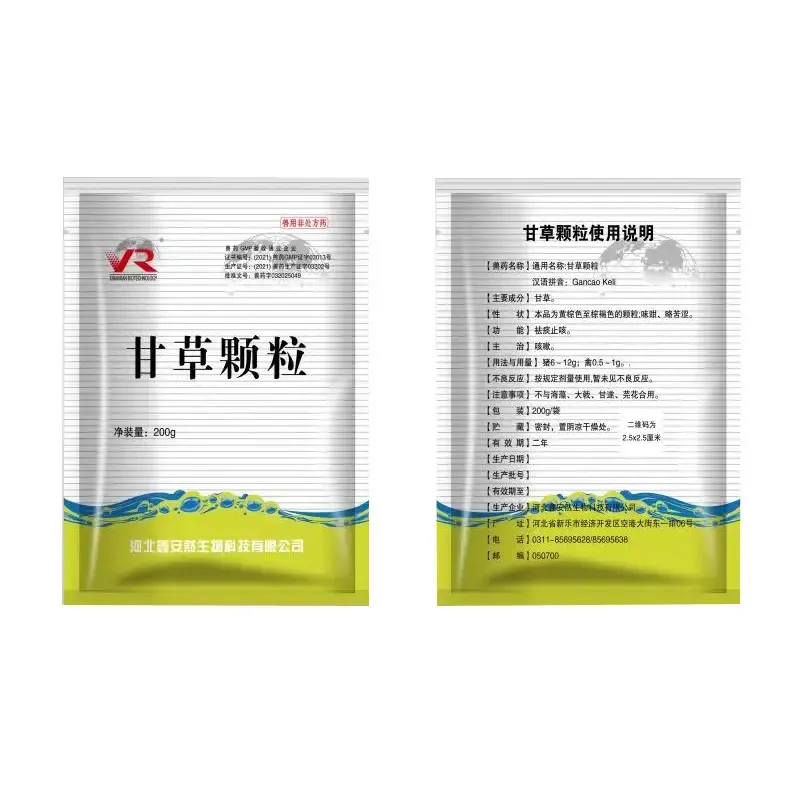- Afrikaans
- Albanian
- Amharic
- Arabic
- Armenian
- Azerbaijani
- Basque
- Belarusian
- Bengali
- Bosnian
- Bulgarian
- Catalan
- Cebuano
- Corsican
- Croatian
- Czech
- Danish
- Dutch
- English
- Esperanto
- Estonian
- Finnish
- French
- Frisian
- Galician
- Georgian
- German
- Greek
- Gujarati
- Haitian Creole
- hausa
- hawaiian
- Hebrew
- Hindi
- Miao
- Hungarian
- Icelandic
- igbo
- Indonesian
- irish
- Italian
- Japanese
- Javanese
- Kannada
- kazakh
- Khmer
- Rwandese
- Korean
- Kurdish
- Kyrgyz
- Lao
- Latin
- Latvian
- Lithuanian
- Luxembourgish
- Macedonian
- Malgashi
- Malay
- Malayalam
- Maltese
- Maori
- Marathi
- Mongolian
- Myanmar
- Nepali
- Norwegian
- Norwegian
- Occitan
- Pashto
- Persian
- Polish
- Portuguese
- Punjabi
- Romanian
- Russian
- Samoan
- Scottish Gaelic
- Serbian
- Sesotho
- Shona
- Sindhi
- Sinhala
- Slovak
- Slovenian
- Somali
- Spanish
- Sundanese
- Swahili
- Swedish
- Tagalog
- Tajik
- Tamil
- Tatar
- Telugu
- Thai
- Turkish
- Turkmen
- Ukrainian
- Urdu
- Uighur
- Uzbek
- Vietnamese
- Welsh
- Bantu
- Yiddish
- Yoruba
- Zulu
Nov . 04, 2024 23:45 Back to list
disinfectant used in veterinary clinics
Disinfectants Used in Veterinary Clinics Importance, Types, and Best Practices
In veterinary clinics, maintaining a clean and sanitized environment is crucial to ensuring the health and safety of animals, staff, and clients alike. The use of disinfectants is a pivotal aspect of infection control in these settings. This article delves into the importance of disinfectants, the various types used in veterinary clinics, and best practices for their application.
Importance of Disinfectants
Infections can be transmitted in veterinary clinics through various routes, including direct contact with infected animals, contaminated surfaces, and instruments. Disinfectants play a vital role in breaking this chain of infection. They help to eliminate pathogenic microorganisms from surfaces, tools, and equipment, thus reducing the risk of cross-contamination between patients. Moreover, effective disinfection protects the health staff by minimizing their exposure to infectious agents.
The veterinary environment presents unique challenges because it must cater to a wide variety of animals, each with its own infectious diseases. For instance, some pathogens are specific to dogs or cats, while others may infect a range of species. Therefore, a comprehensive disinfection strategy is essential to safeguard against these diverse threats.
Types of Disinfectants Commonly Used
There are several types of disinfectants utilized in veterinary clinics, each with specific properties and uses. Here, we explore some of the most common types
1. Quaternary Ammonium Compounds (Quats) These are popular disinfectants due to their broad-spectrum efficacy against bacteria and viruses while being relatively non-toxic. They are often used on non-porous surfaces and can be found in many cleaning products and disinfectants specifically formulated for veterinary use.
2. Bleach (Sodium Hypochlorite) This is a powerful disinfectant known for its ability to kill a wide variety of pathogens, including bacteria, viruses, and fungi. It is particularly effective in acute care settings where there is a high risk of infection. However, bleach can be corrosive and should be used with caution on surfaces that may be damaged by its strong properties.
3. Phenolic Compounds Phenols are effective against bacteria and certain viruses. They are often used in concentrated form, making them versatile for various applications. However, they can be toxic and irritating, requiring careful handling and proper ventilation during use.
4. Hydrogen Peroxide This disinfectant is known for its efficacy against a broad range of pathogens, including spores. It decomposes into water and oxygen, making it an environmentally friendly option. Hydrogen peroxide is often used in surgical settings and requires proper concentration for effective disinfection.
disinfectant used in veterinary clinics

5. Iodine Compounds These compounds are commonly used for skin disinfection and in surgical settings. Their broad-spectrum antimicrobial properties make them suitable for disinfecting surgical instruments and skin prior to procedures.
Best Practices for Disinfection
To maximize the effectiveness of disinfectants in veterinary clinics, it is important to adhere to best practices
- Surface Cleaning Before Disinfection Disinfectants work best on clean surfaces. Therefore, it is crucial to remove visible dirt and organic material before applying disinfectants.
- Follow Manufacturer Instructions Each disinfectant comes with specific guidelines regarding dilution, contact time, and safety precautions. It is essential to follow these instructions for optimal efficacy.
- Regular Training for Staff Veterinary staff should receive regular training on the correct disinfection protocols, including the proper use of PPE (Personal Protective Equipment) to ensure their safety while handling chemicals.
- Routine Evaluation of Protocols Infection control practices should be routinely assessed and updated according to new research findings or changes in the clinic’s operational procedures.
- Diversify Disinfectant Use To prevent microbial resistance, it’s advisable to use a variety of disinfectants rather than relying on a single type. This approach ensures more comprehensive coverage against a range of pathogens.
Conclusion
Effective disinfection is fundamental to the operation of veterinary clinics, protecting both animal and human health. By understanding the types of disinfectants available and implementing best practices, veterinary professionals can create a safe and clean environment conducive to quality care. Investing in proper disinfection practices not only helps to control infections but also fosters trust and confidence among clients, ultimately enhancing the overall experience in veterinary care.
-
Guide to Oxytetracycline Injection
NewsMar.27,2025
-
Guide to Colistin Sulphate
NewsMar.27,2025
-
Gentamicin Sulfate: Uses, Price, And Key Information
NewsMar.27,2025
-
Enrofloxacin Injection: Uses, Price, And Supplier Information
NewsMar.27,2025
-
Dexamethasone Sodium Phosphate Injection: Uses, Price, And Key Information
NewsMar.27,2025
-
Albendazole Tablet: Uses, Dosage, Cost, And Key Information
NewsMar.27,2025













